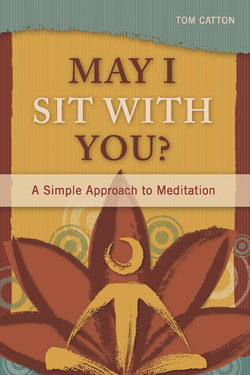Читать книгу May I Sit with You? - Tom Catton - Страница 14
На сайте Литреса книга снята с продажи.
ОглавлениеCHAPTER FOUR
RESTLESSNESS
“I can’t sit still long enough to meditate” is a common response when the practice is suggested. The Thai dharma teacher Ajahn Chah once observed that some people thought that the longer one sits, the wiser one must be. However, true wisdom comes from being mindful in all postures. I gently explain to men I sponsor that there are twenty-four hours in each day; however, if you can’t devote the morning to extended meditation, please sit for ten minutes and be mindful of your breath. The mind will wander, but keep returning back to the breath. Keep returning again and again to the breath.
Restlessness is common in the practice of meditation. In Theravada Buddhism it is considered one of the five hindrances, or obstacles, to sitting meditation. I experience its appearance not only in my daily practice upon rising, but also when sitting on a retreat. I have been on many three- to ten-day retreats. After I arrive and check in, I’m confronted with the fact that I’m there without my normal distractions, and then the mind games begin. A multitude of thoughts drop by for their uninvited visit, trying to convince me that I have to leave. This onslaught of restlessness can last a few hours or even for the first day or two.
Whether it happens during a ten-day retreat or a morning meditation of twenty minutes, our only defense is to allow the restlessness to arise and to acknowledge it. When allowing any feeling or thought to arise, we are being present with it. This immediately brings us back to the moment. The truth is that we can’t be present and feel restless at the same time. We breathe in and breathe out. Suddenly the restlessness dissolves into peace. The invasion of thoughts is drowned out by the roar of silence as we become lost and then cradled in the moment. The projection of the impossibility of sitting for ten minutes can turn into thirty minutes of just being present.
To become lost in the moment is to be lost in love. The only way this happens is to sit through what our ego will continue to assault us with—intrusive thoughts, determined to trip us on the spiritual path. With steadfastness we stay with the breath and suddenly stumble in the moment; the paradox is then revealed. Becoming lost in the moment is always a gift.
The practice of mindfulness encourages us to think only of this moment. It introduces us to the space called here and the time called now. We meet each moment exactly as it is. In this way we can become intimate with all that arises within. The phenomenon of being present is the result of sitting through the restlessness and purposely paying attention to what life offers in each moment.
